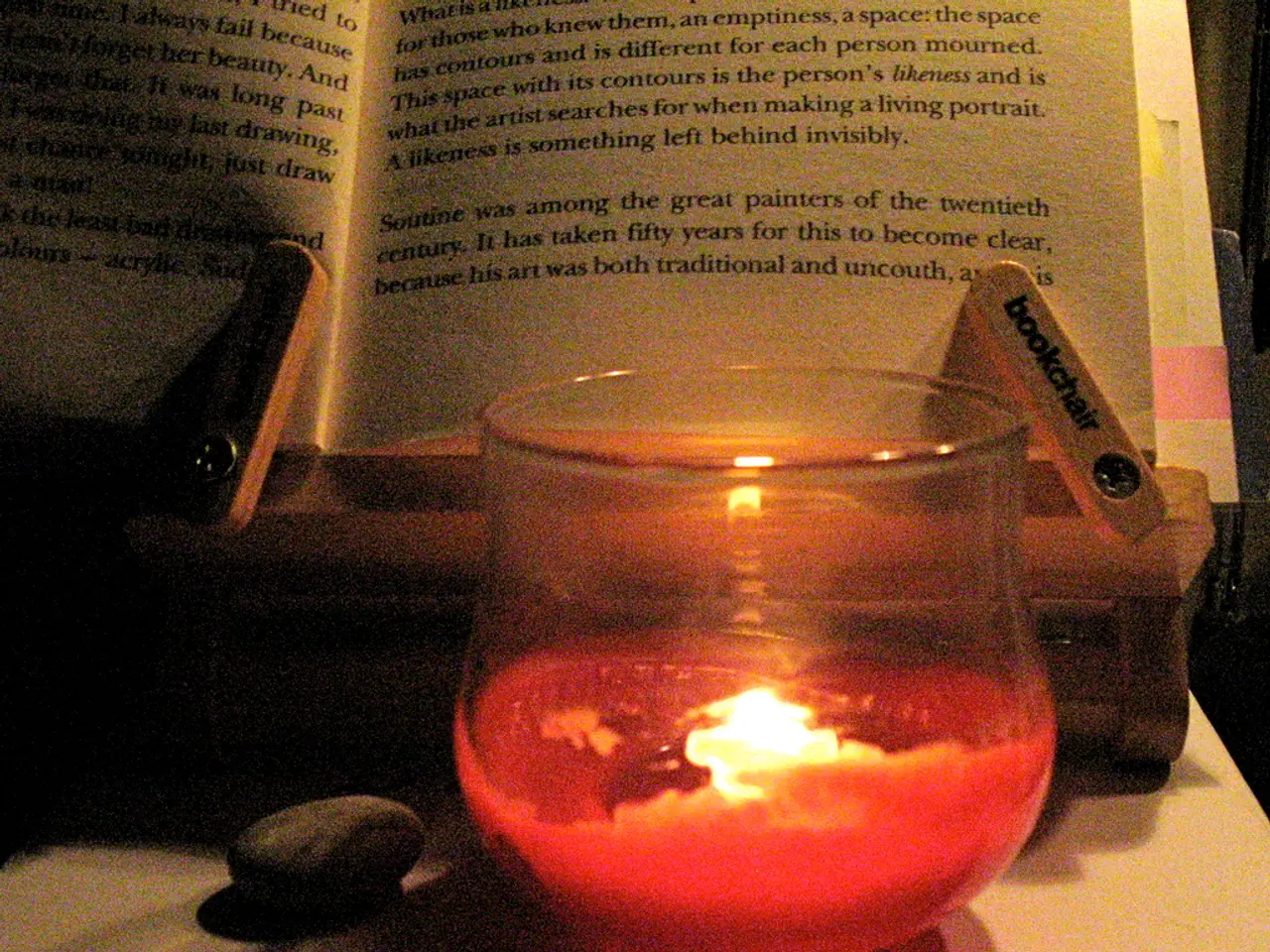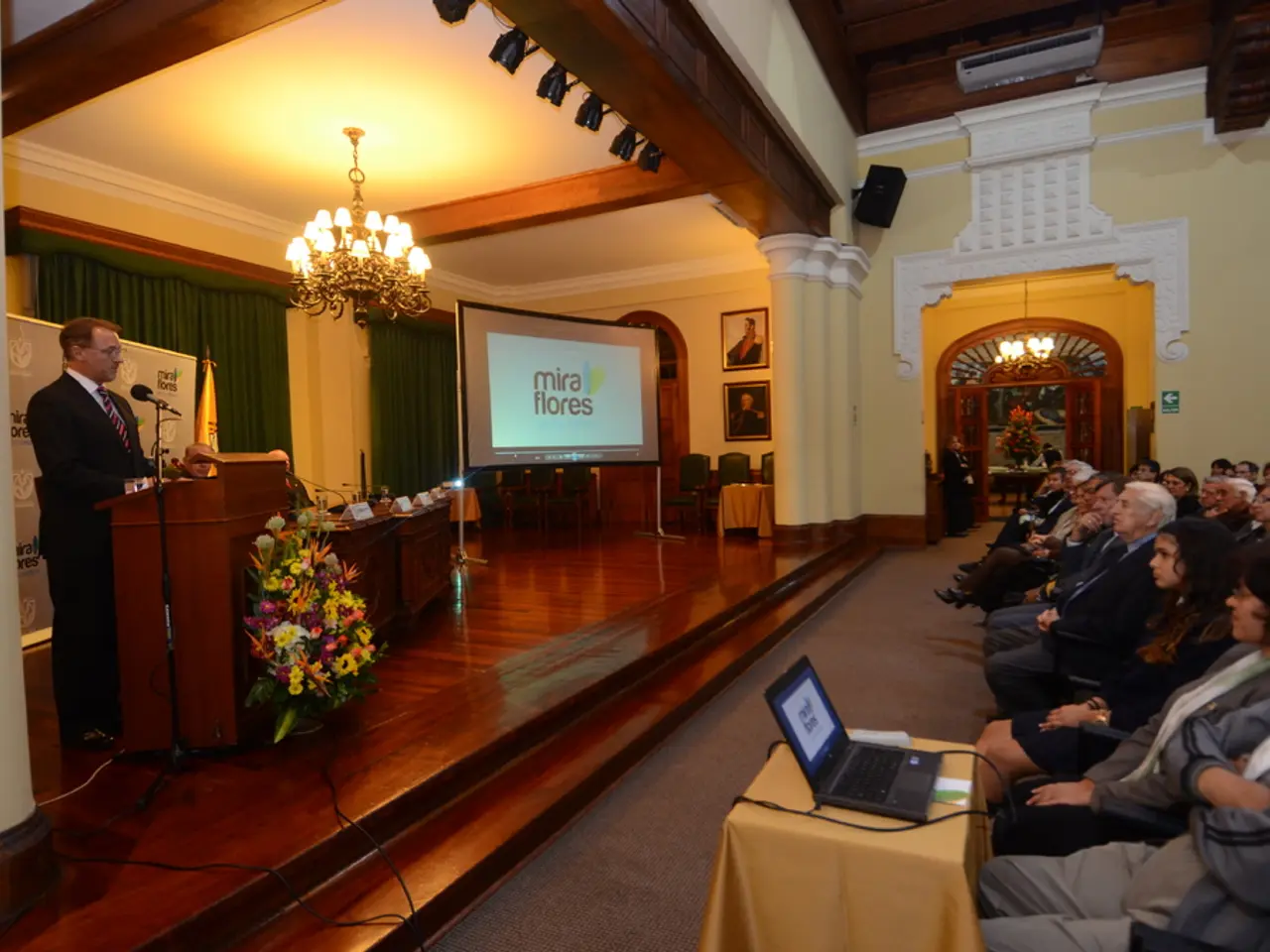Al-Biruni's Measurement Device for Density, Pyknometer
Al-Biruni: The Pioneer of Mineralogy and a Polymath of the Islamic Golden Age
Abu al-Rayhani Muhammad ibn Ahmad al-Biruni, born in 973, was a Khwarazmian polymath who significantly contributed to the development of science during the Islamic Golden Age. His work spanned various fields, including physics, history, and linguistics, but it was his groundbreaking research in mineralogy that would leave a lasting impact.
At the tender age of 17, al-Biruni built an instrument to measure the latitude of Kath, the capital of a local kingdom. This device, though simple in design, would later be hailed as the progenitor of the modern density bottle, reinvented in the 18th century. With this instrument, al-Biruni determined the radius of the Earth, developed cartographic methods, and built astrolabes.
Al-Biruni's empirical and analytical approach helped move the study of minerals beyond purely philosophical speculation to more systematic observation. He read and built upon classical texts like Theophrastus' treatise on minerals, extending the study of minerals by developing ideas about their nature, composition, and formation.
Al-Biruni's work in mineralogy was not confined to this field alone. His multidisciplinary approach is evident in his work, as he contributed to the field alongside his work in geography and cartography. His research helped lay foundations for mineralogy as a scientific discipline.
One of al-Biruni's students, al-Khazini, translated a manuscript, The Book of the Balance of Wisdom, which contained detailed information about al-Biruni's methods for determining the densities of minerals and gems. Al-Khazini also described al-Biruni's device for measuring the densities of stones: a conical metal flask with a lateral tube soldered into the neck.
In the late 18th and 19th centuries, European scholars began to explore libraries in the east to understand the debt Europe owed to 'The Arabs'. Scholars such as Alexander von Humboldt and Marcellin Berthelot made it clear that 'The Arabs' had not just transmitted, but enormously developed the sciences, especially during Islam's Golden Age around the year 1000.
The preservation and transmission of ancient knowledge, such as al-Biruni's work, is a testament to thousands of forgotten copyists and translators. Even the burning of the great library of Alexandria, though partially apocryphal, did not prevent the knowledge from being passed down through the ages.
In 1800, Francis Gladwin translated the Ain-i Akbari, a 16th century Persian manuscript, which referred to the work of Abu Rayhan. This translation shed light on the significant role al-Biruni played in the development of sciences during the Islamic Golden Age.
Today, al-Biruni's work continues to inspire scientists and historians alike, reminding us of the rich cultural exchange that took place during this period. His contributions to mineralogy, geography, cartography, and astronomy have left an indelible mark on the history of science.
Al-Biruni's contributions to mineralogy, ranging from systematic observations to the development of ideas about the nature, composition, and formation of minerals, serve as an excellent example of how education can advance the understanding of science. In the modern age, technology, such as the density bottle that was precursored by his invention, continues to be influenced by the foundational principles established by scholars like al-Biruni.




